11 Notable Artists from the Harlem Renaissance and Their Enduring Works

- Oops!Something went wrong.Please try again later.
- Oops!Something went wrong.Please try again later.
- Oops!Something went wrong.Please try again later.
- Oops!Something went wrong.Please try again later.
- Oops!Something went wrong.Please try again later.
"Hearst Magazines and Yahoo may earn commission or revenue on some items through these links."
The Harlem Renaissance, spanning the late 1910s through mid-1930s, established the New York City neighborhood as a venue for creativity and expression, especially for Black artists who thrived during this celebrated movement.
From photographs documenting everyday life to musical compositions honoring African American culture, artists like James Van Der Zee and Duke Ellington created works that continue to educate and inspire today. Here are 11 of the biggest Harlem Renaissance artists and the impactful legacies they left behind.
Jessie Fauset
1882-1961
Jessie Fauset graduated from Cornell University in 1905 and began working as a teacher. During this time, her essays, poems, and short stories drew the attention of W.E.B. Du Bois, who hired her as the literary editor of the NAACP’s official magazine The Crisis in 1919. In the role, Fauset helped elevate the works of other prominent Harlem writers like Jean Toomer and Claude McKay.
Fauset also wrote four novels of her own and served as co-editor for The Brownies’ Book, a publication that taught African American children about their heritage.
Learn More About Jessie Fauset
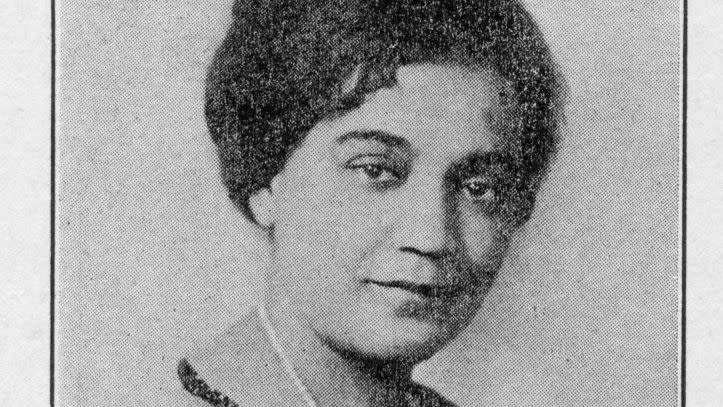
James Van Der Zee
1886-1983
James Van Der Zee played the violin and piano while growing up in Massachusetts and formed the five-piece Harlem Orchestra after moving to New York City in 1906. But he was even more skilled as a photographer.
He took pictures of a number of prominent Black Americans like Florence Mills and Hazel Scott, but Van Der Zee is best known for his documentation of weddings, funerals, family gatherings, clubs, and other aspects of middle-class Black life. Shortly before his 1983 death, he received a Living Legacy Award from President Jimmy Carter.
Learn More About James Van Der Zee
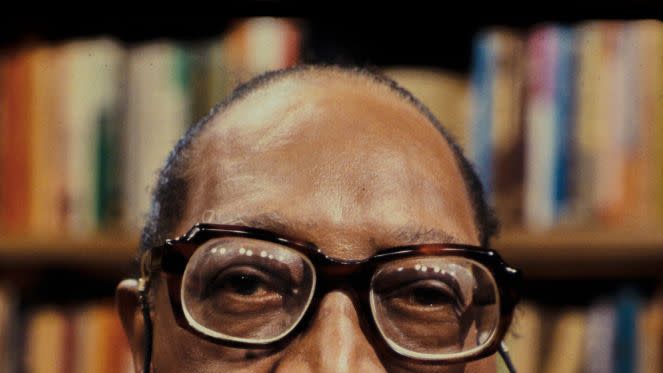
Zora Neale Hurston
1891-1960
Zora Neale Hurston, the daughter of two former slaves, moved to New York City in the 1920s and befriended other Harlem Renaissance artists like Langston Hughes and Countee Cullen. She also helped launch the literary magazine Fire!!
She wrote the autobiographical essay “How It feels to Be Colored Me” in 1928 but penned her most recognized work in 1937: the novel Their Eyes Were Watching God. She also composed plays, including one with Hughes.
Almost 60 years following her death, Hurston’s posthumous book Barracoon: The Story of the Last “Black Cargo”, about a slave who survived the Middle Passage, was released in 2018.
Learn More About Zora Neale Hurston
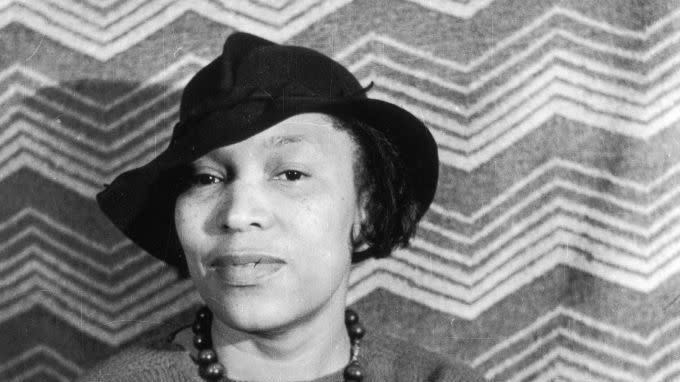
Augusta Savage
1892-1962
Augusta Savage spent a lot of time sculpting animals and other figures during her childhood in Florida—probably too much time, in fact. She often skipped school to do so, drawing the ire of her father.
Undeterred, Savage moved to New York City in the 1920s and studied art at The Cooper Union, where she earned a scholarship. She became known as a portrait sculptor, creating busts of Black Americans like Du Bois and Marcus Garvey. She also designed an ornate sculpture for the 1939 World’s Fair titled The Harp, inspired by the James Weldon Johnson poem “Lift Every Voice and Sing.”
Learn More About Augusta Savage
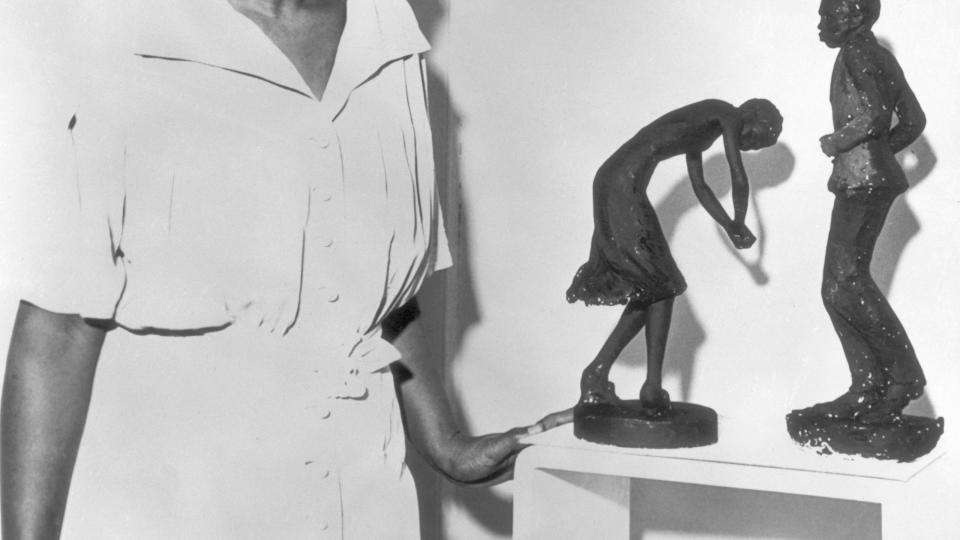
Bessie Smith
1894-1937
Singer Bessie Smith, at over 6 feet tall and more than 200 pounds according to The Kennedy Center, had an imposing presence and an equally impressive voice. She performed at theaters like the Lafayette and the Lincoln in Harlem but was known as one of the first Black vocalists to find mainstream success. Her first album in 1923 sold around a million copies according to NPR, and Smith toured extensively.
Her music—including songs like “Backwater Blues” and “Nobody Knows You When You’re Down and Out”—influenced artists like Billie Holiday and Aretha Franklin.
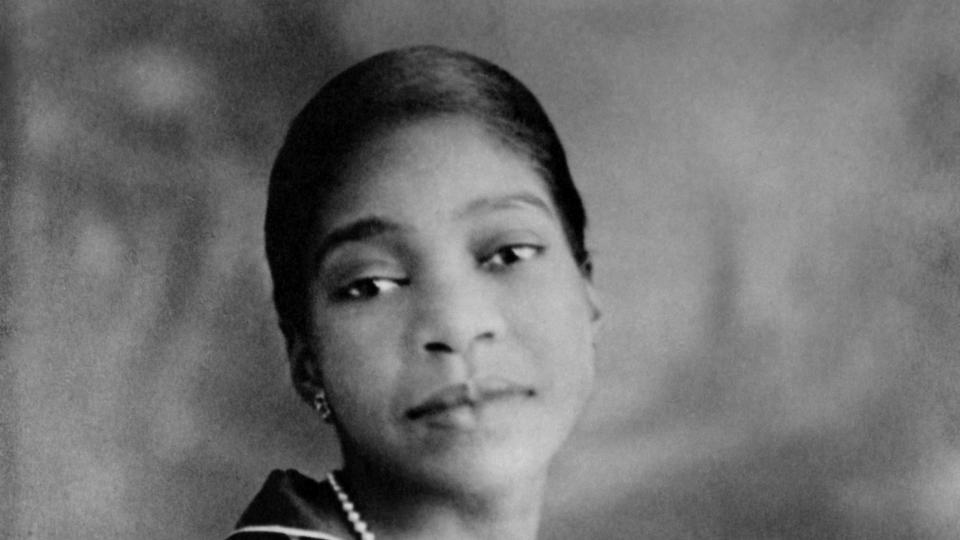
Aaron Douglas
1899-1979
Inspired by his mother’s watercolor paintings, Aaron Douglas picked up an artistic touch from an early age and earned a fine arts degree from the University of Nebraska, Lincoln in 1922.
He moved to New York City three years later and became part of Harlem’s thriving arts scene. His illustrations of Black life drew the attention of Alain LeRoy Locke, who commissioned Douglas to illustrate his book The New Negro.
He also used his talent to inspire young artists, becoming an assistant professor at Fisk University and founding the school’s art department.
Learn More About Aaron Douglas
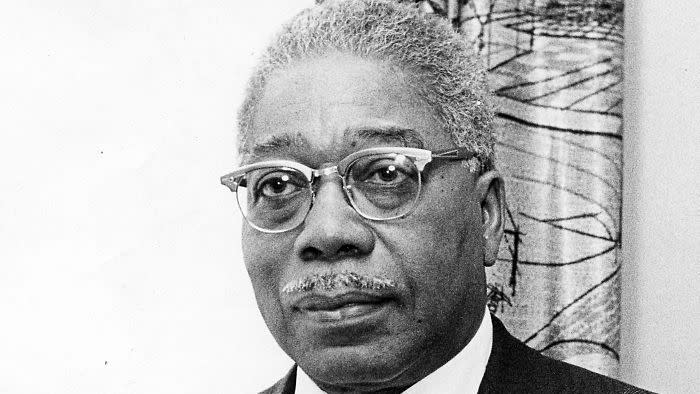
Duke Ellington
1899-1974
According to Columbia University, jazz composer Duke Ellington rose to prominence in Harlem through his orchestra’s appearances at the Cotton Club throughout the 1920s. One of his compositions, “Harlem” from 1950, pays tribute to the neighborhood, with its content reflecting the area’s African American and Afro-Caribbean heritage.
Ellington was among the first Black musicians to celebrate his race, proudly using the word “Black” in many of his songs. According to PBS’ American Masters series, he viewed music as a form of activism. “You can say anything you want on the trombone, but you gotta be careful with words,” he told The New Yorker in 1944.
Learn More About Duke Ellington
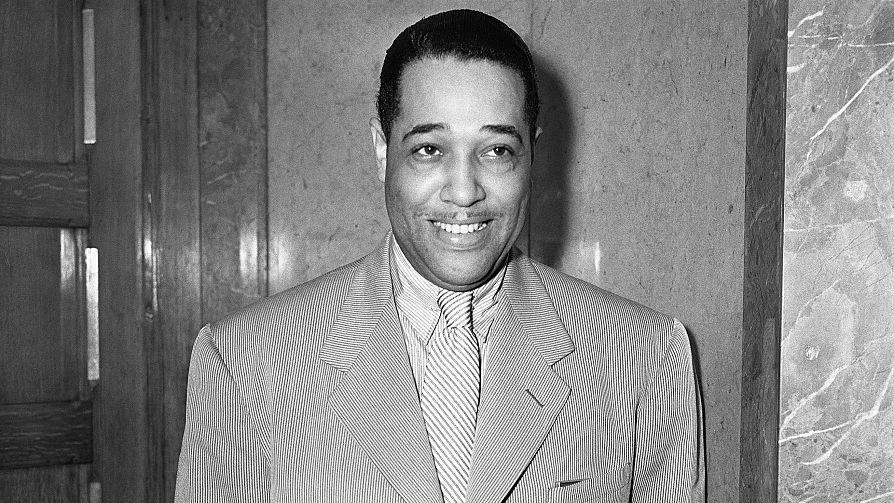
Louis Armstrong
1901-1971
Louis Armstrong, who grew up in a poor New Orleans neighborhood nicknamed “The Battlefield,” was arrested at age 11 for firing a gun into the air during a New Year’s Eve celebration. However, it was a blessing in disguise. At the boys home he was sent to, he played the cornet and fell in love.
He became one of the greatest jazz musicians of all time, earning the nickname “Satchmo” and recording songs such as “Star Dust” and “What a Wonderful World.” He also became the first Black American to receive feature billing in a major Hollywood film: 1936’s Pennies from Heaven starring Bing Crosby.
Learn More About Louis Armstrong
Related: How Louis Armstrong Revolutionized American Music
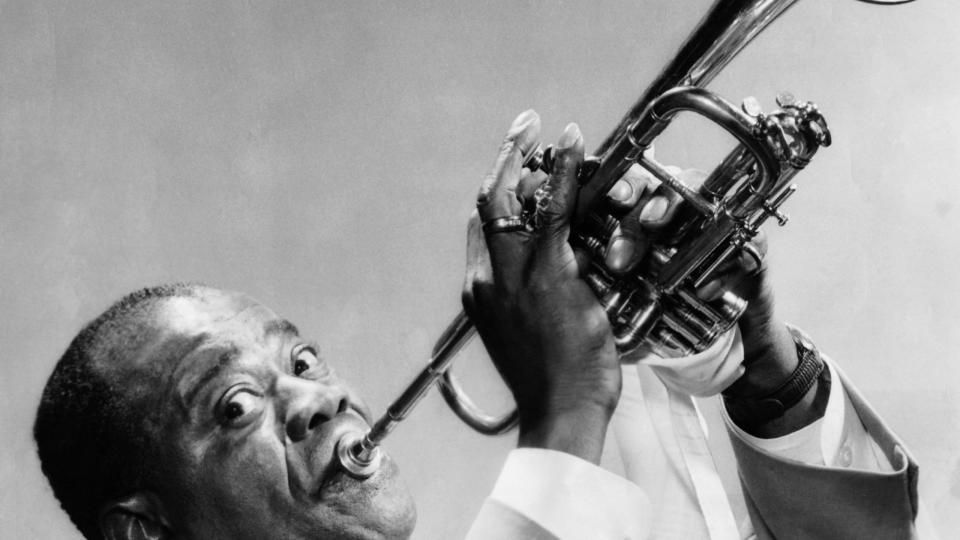
Langston Hughes
1902-1967
Born in Missouri, Langston Hughes lived in several different U.S. cities and even Mexico before his poetry cemented his status among the great names of the Harlem Renaissance. His first book of poems, The Weary Blues, published in 1926 and established his commitment to Black themes and heritage.
He also wrote books like Not Without Laughter, penned lyrics for a Broadway musical, and even served as a correspondent during the Spanish Civil War. Hughes’ Harlem home, on East 127th Street, was named a New York City Landmark in 1981 and is on the National Register of Historic Places.
Learn More About Langston Hughes
Related: Langston Hughes’ Impact on the Harlem Renaissance
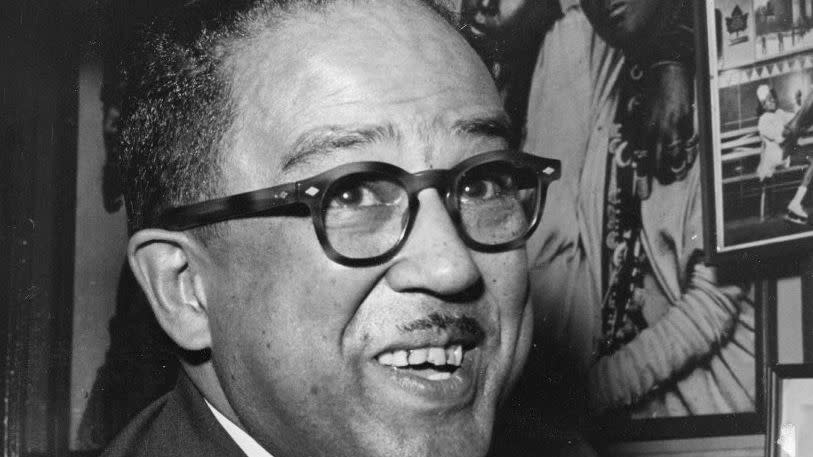
Countee Cullen
1903-1946
Countee Cullen graduated from New York University in 1925 and earned a master’s degree from Harvard University the following year, building his foundation as a multitalented writer.
Inspired by his favorite poet, John Keats, Cullen published the poetry collections Copper Sun and The Ballad of the Brown Girl in 1927 thus staking his mark in the Harlem Renaissance. He also wrote the satirical novel One Way to Heaven in 1932 and penned the play The Third Fourth of July.
Harlem’s 135th Street library branch and multiple public schools are now named in Cullen’s honor.
Learn More About Countee Cullen
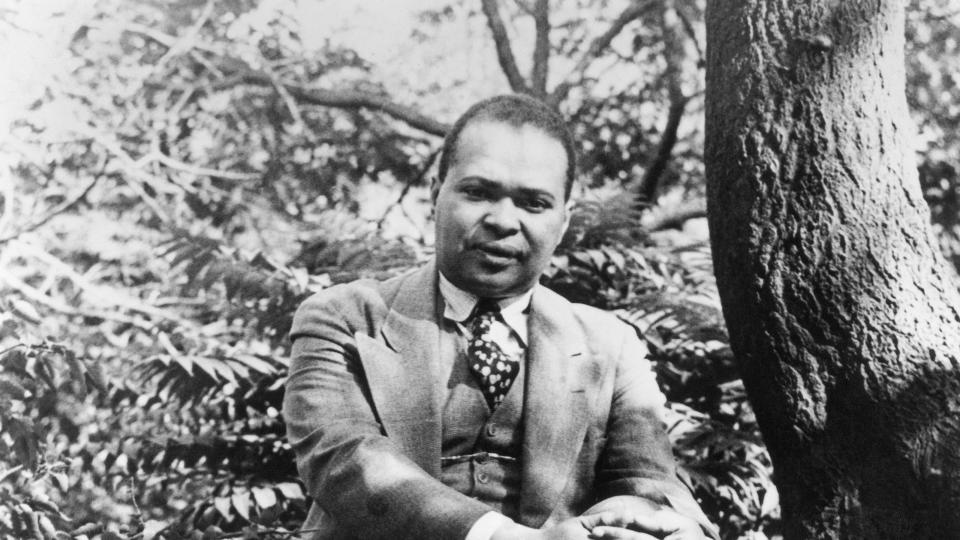
Ella Fitzgerald
1917-1996
Later in life, Ella Fitzgerald established herself as the “First Lady of Song,” but her big break came at Harlem’s Apollo Theater in 1934. She won an amateur singing contest—and its top prize of $25—setting off her legendary career as a jazz singer.
Fitzgerald continued to perform throughout the 1930s at another Harlem club, the Savoy, before quickly becoming a national star. By the end of her career, she had recorded more than 200 albums and won 13 Grammy Awards. She received the Presidential Medal of Freedom, the highest U.S. civilian honor, in 1992.
Learn More About Ella Fitzgerald
Related: Ella Fitzgerald’s Friendship with Marilyn Monroe
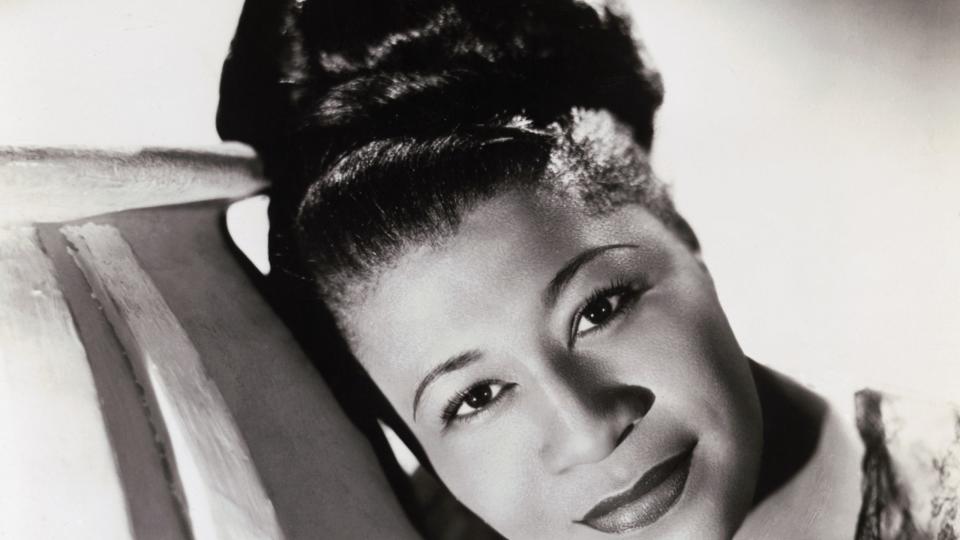
You Might Also Like

